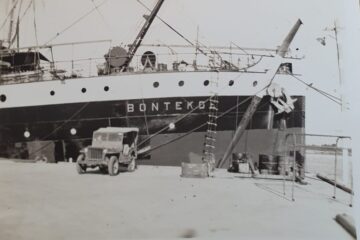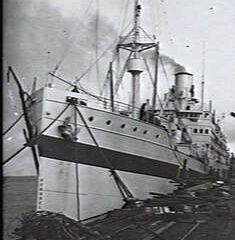In 2017 the Museum of Geraldton held an exhibition titled “Descendants of the VOC: Portraits and Histories”. Curated by Curtin University historian Dr Nonja Peters, the exhibition delved into the impact of the Netherlands East India Company’s (VOC) exploration during the 17th Century on indigenous peoples in Western Australia, Indonesia, and South Africa.
The central theme of the exhibition revolved around the theory that Dutch sailors, possibly survivors of shipwrecks, interacted with local populations in these regions, leading to the birth of descendants who may exhibit physical features or carry oral histories hinting at Dutch heritage. The exhibition aims to present this idea through exquisite photographic portraits and oral histories.
The portraits feature indigenous people from Western Australia, including the Nanda, Malgana, Wadjarri, and Yued/Nyoongar communities. Additionally, the exhibition showcases the Mestiços from the island of Kisar in East Timor and the VOC Khoekhoen descendants in Southern Africa and Namibia. These portraits are presented in the style of 17th and 18th Century paintings, adding a historical touch to the visual representation.
Dr Peters collected oral histories and personal experiences from the individuals portrayed, shedding light on the challenges faced by these communities today. The exhibition, presented was part of the Western Australian Museum’s program commemorating the 400th anniversary of the first Dutch contact with Australia. Source: Western Australia Museum
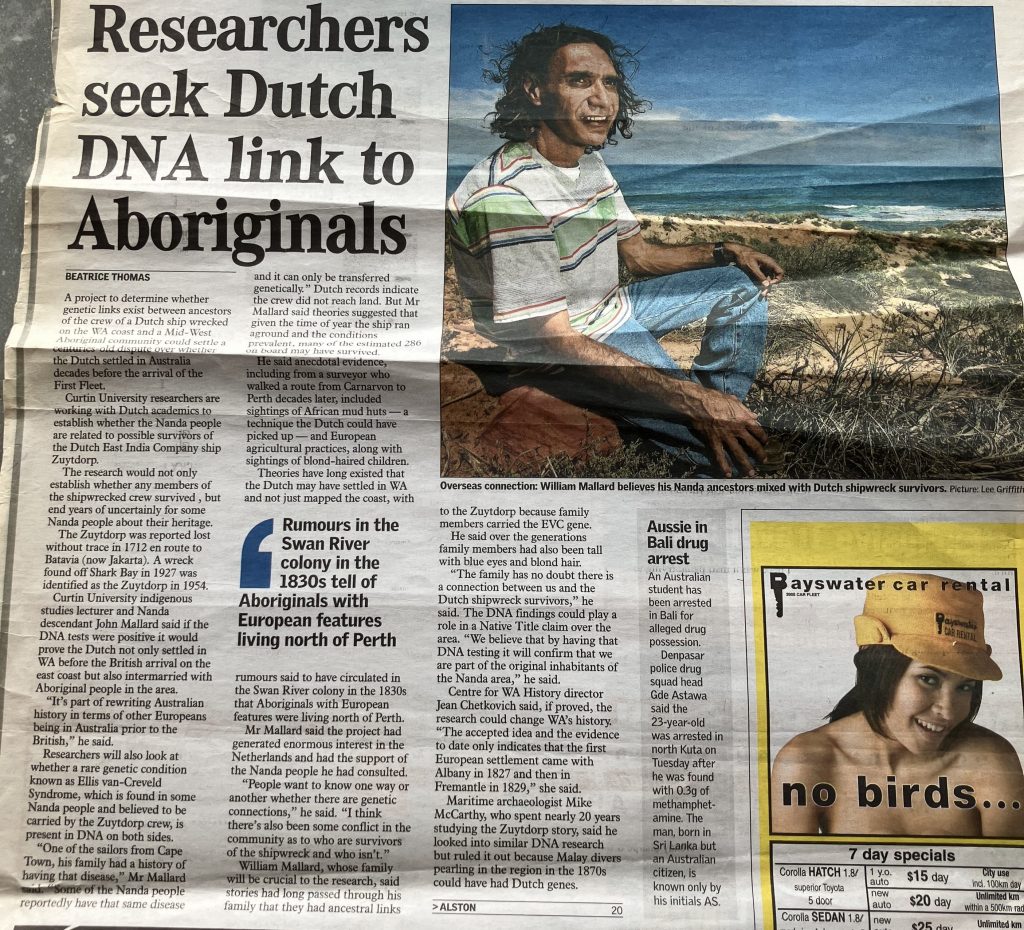
Photographs of the exhibition by Nonja Peters
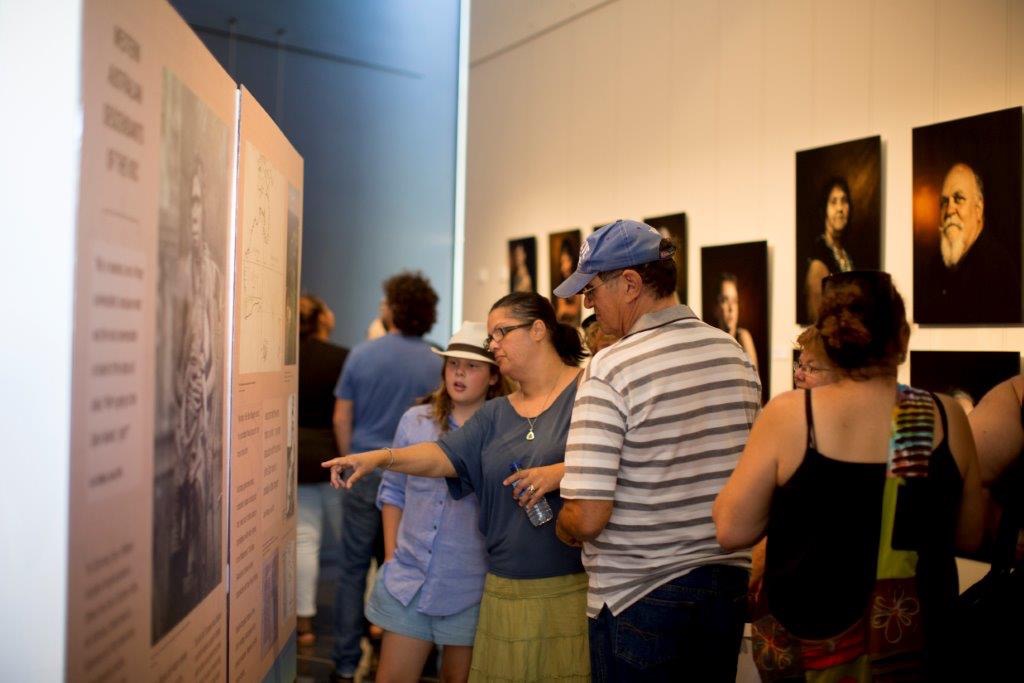
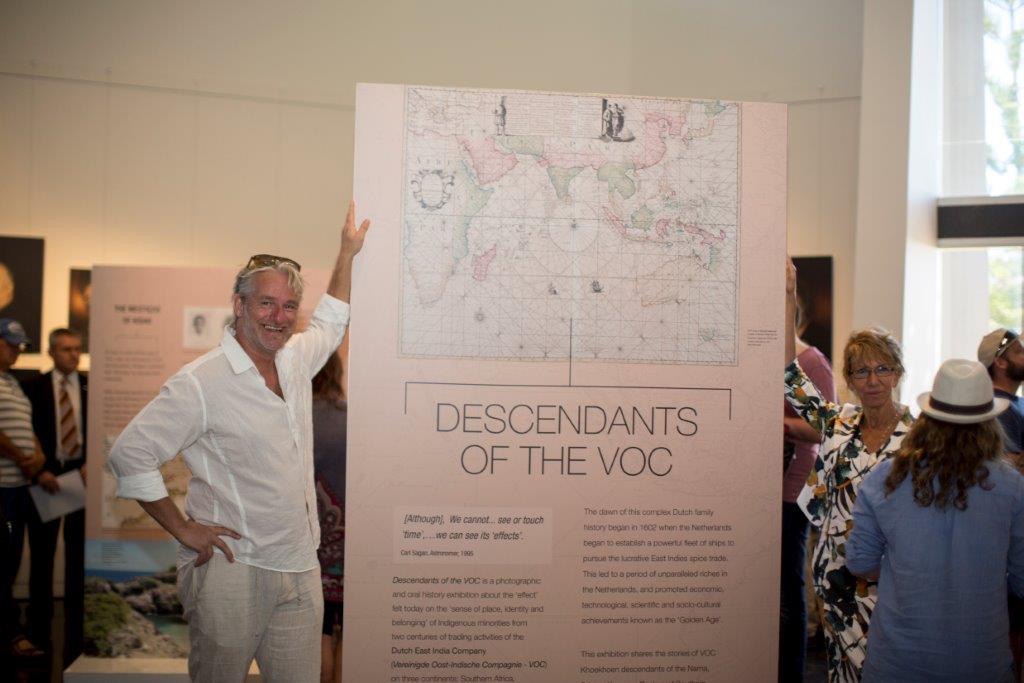
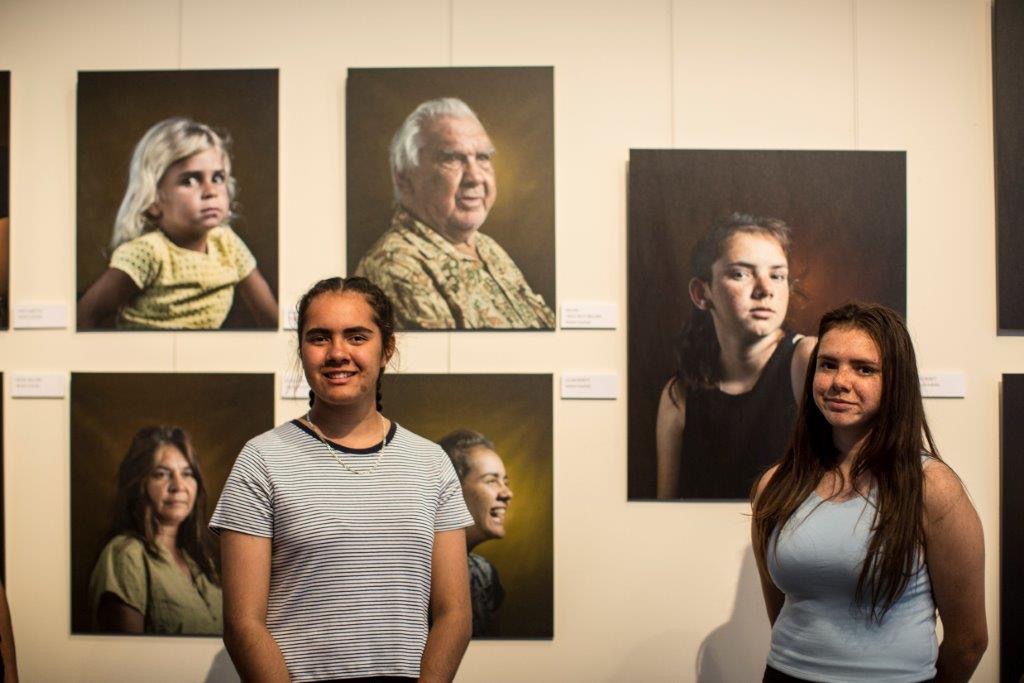
See also:
Was there a Dutch colony in Central Australia in the 18th century?
